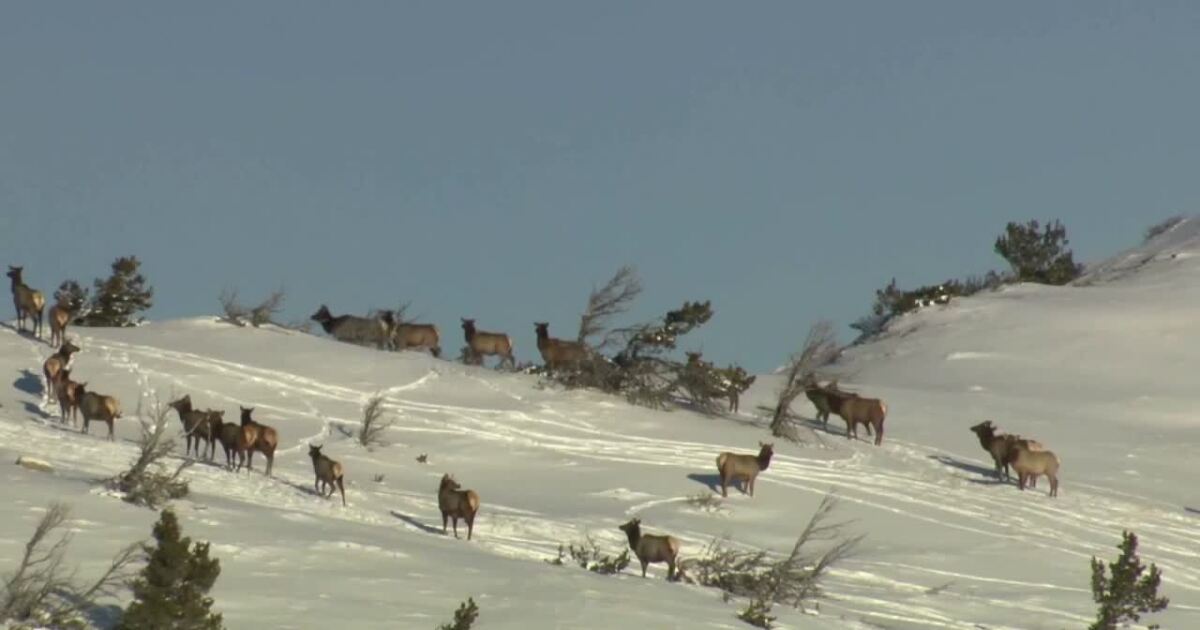When it comes to hunting, being in the right place at the right time is critical. Hunters can control only half of that. MTN’s Chet Layman talks with Montana FWP about the other half, the migration of animals down from the high country.
BOZEMAN — Estimates say there are more than 150,000 elk in Montana, about 300,000 mule deer, and about 206,000 whitetail. All good with the general hunting season just underway—unless, of course, you can’t find any of them. Many are up high but as the weather changes, they will move. When that will happen—well, there is no magic answer.
According to FWP’s Morgan Jacobsen, “There’s no one week or date or time period when wildlife decide to migrate. Again, it’s just driven primarily by weather because as forage becomes unavailable at higher elevations, because of accumulating snow, that’s when wildlife will move down to other areas, usually down in lower elevations to find food and that triggers a migration.”
Montana’s five-week general hunting season helps with hunter success; add in an extended archery season and some later hunt options in some areas, and most years hunters can cross paths with big game. For hunters in other parts of the country, that may not be possible.
“Really that spans, you know, that entire season when migrations can occur. And so that gives hunters plentiful opportunities for success in comparison to some other states where hunting seasons are much more condensed and those opportunities may or may not come together,” said Jacobsen.
“So again, in Montana we have to be a little bit patient sometimes and look for those opportunities as they come up,” he added.
There’s still time—the general hunting season runs until the Sunday after Thanksgiving this year.
